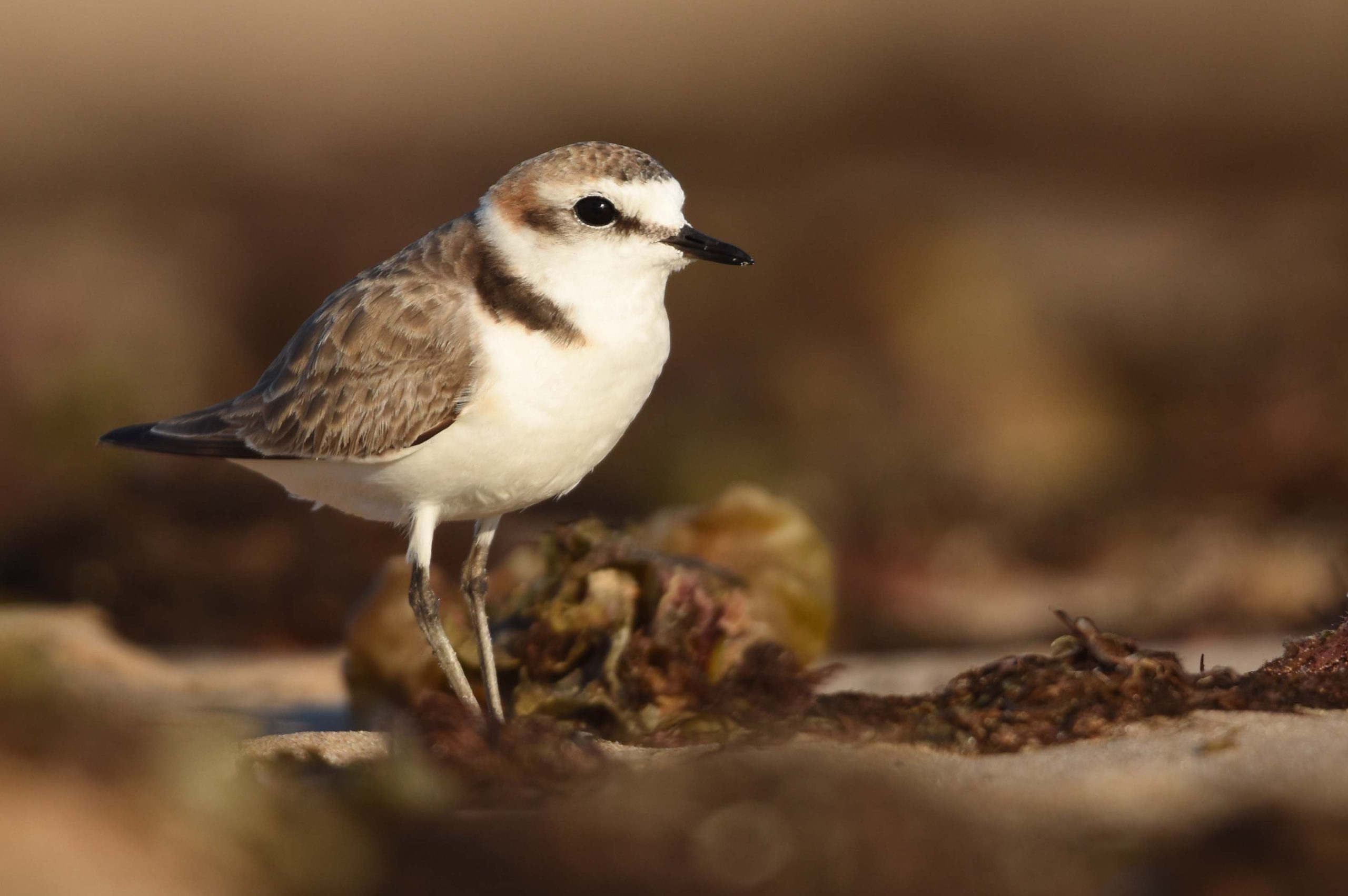
LOS CORRALES DE ROTA: AN ENVIRONMENTAL PARADISE
Author of the image Damian Granado Bejarano Among many other reasons, the town of Rota is appreciated for its environmental surroundings. One of the richest places are the old fishing corrals, around the Hotel Playa de la Luz. Various especially valuable ecosystems of native fauna and flora meet there. Will you accompany us to tour them?The Rota corrals are very old artisanal fishing buildings that are still used. These are eight artificial enclosures, surrounded by a kind of low-height walls,

